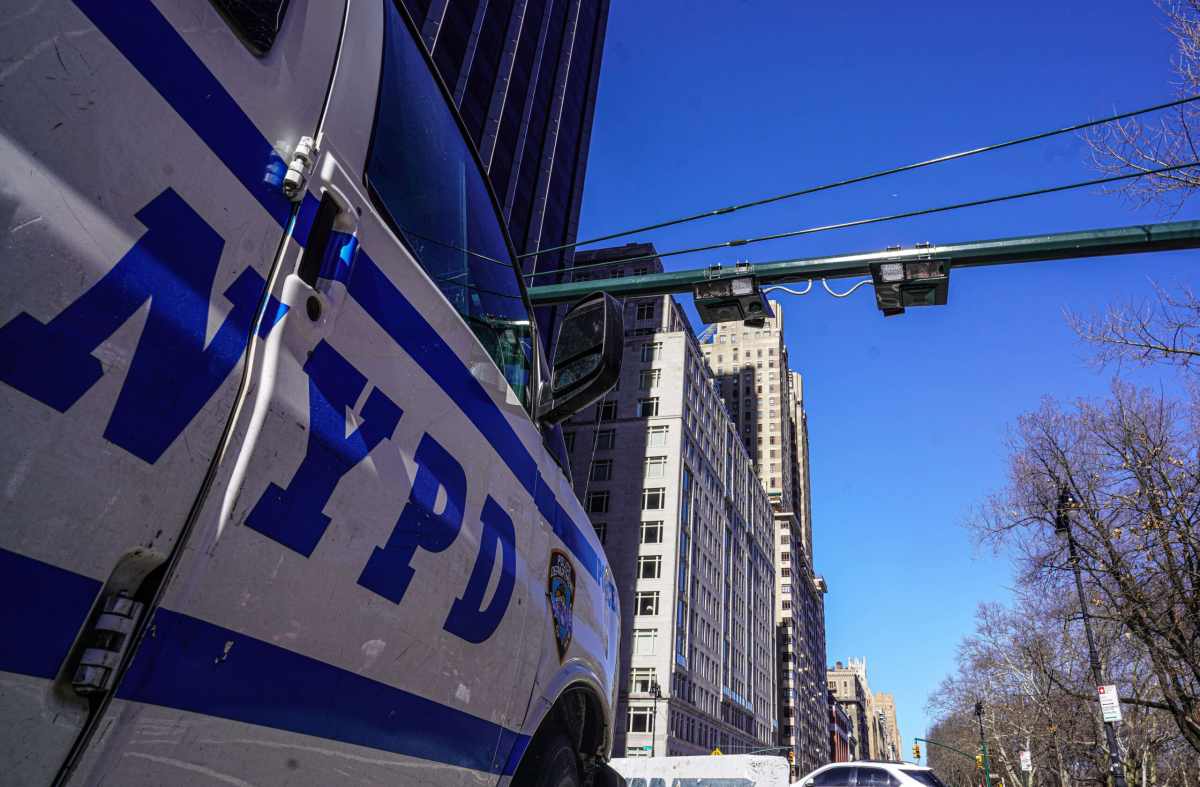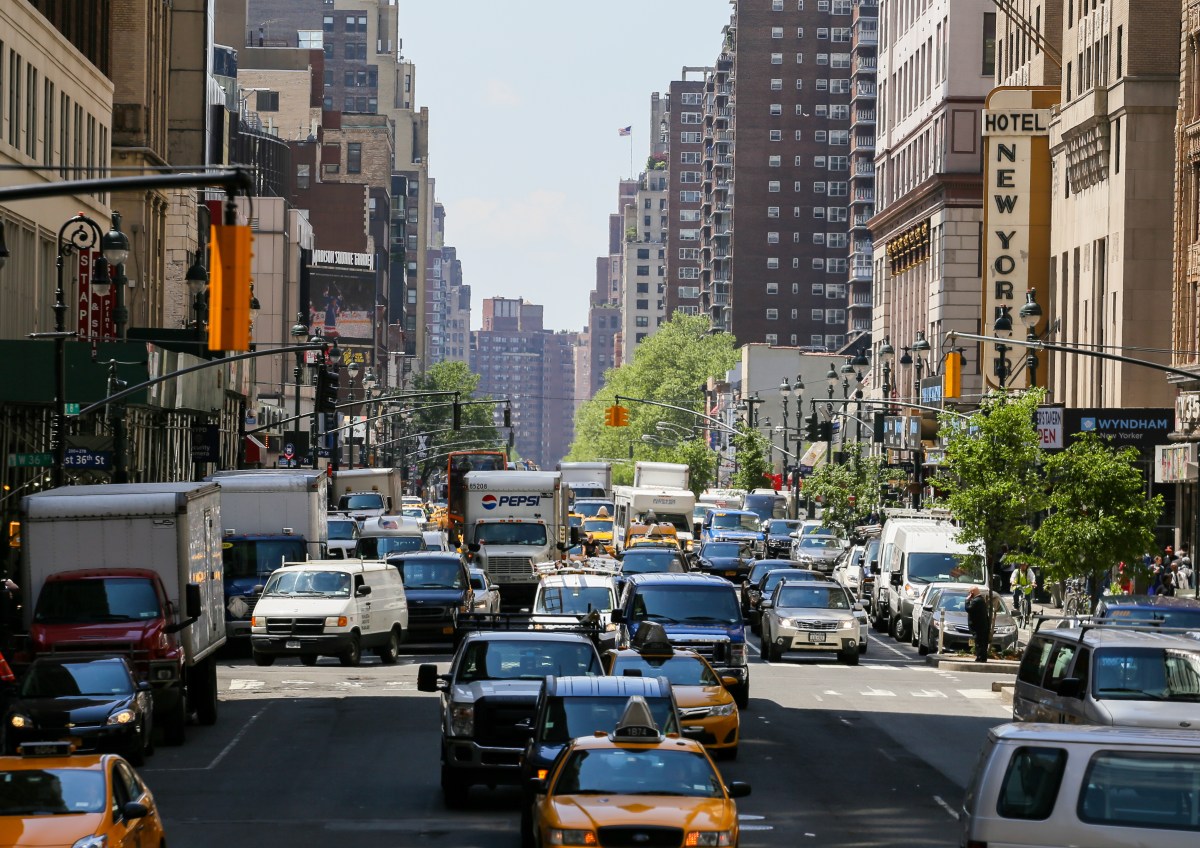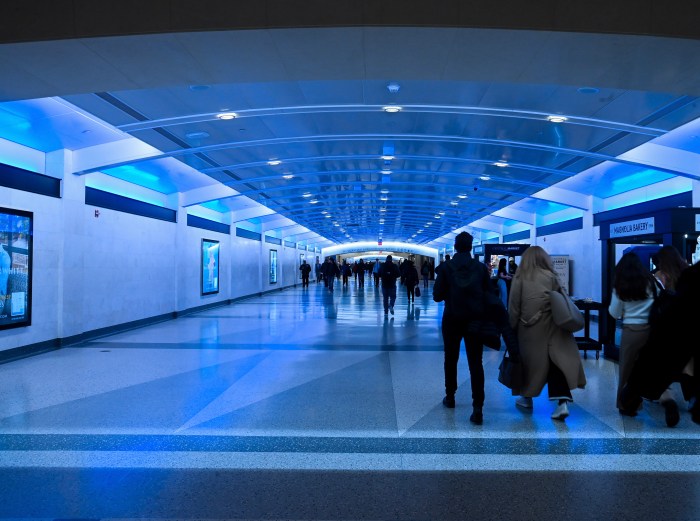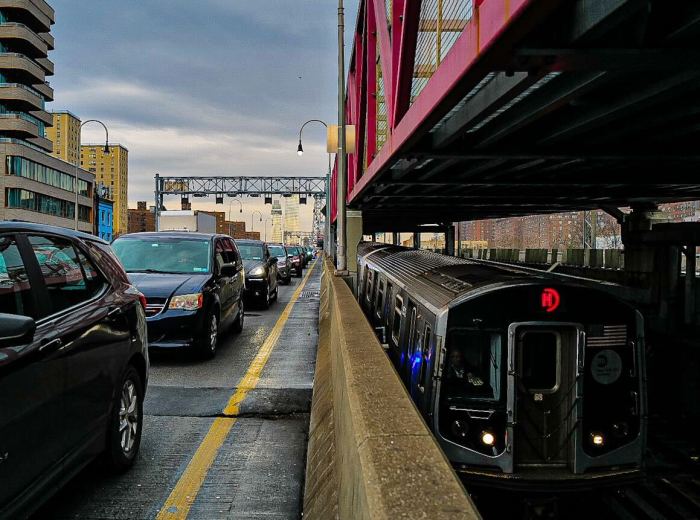Congestion pricing is happening starting at 12:01 a.m. June 30 after nearly two decades of fierce debate, study and grievances over the concept of charging drivers for heading into parts of Manhattan.
The MTA confirmed the June 30 launch on Friday, giving drivers around the tri-state area about two months’ notice before putting the toll system into effect on all bridges and roads leading into the Central Business District of Manhattan, south of 60th Street.
Motorists bringing their cars into the Central Business District will be charged up to $15, once per day, during peak traffic periods. Some trucks could be hit with tolls as much as between $24 and $36 during peak periods, though the city’s Department of Transportation is incentivizing carriers to make deliveries during off-peak hours.
Congestion pricing aims to both reduce traffic on the streets of Manhattan while also generating new revenue for the MTA to fund transit system improvements. The authority expects to reap as much as a billion dollars annually through the toll effort.
“Five years after the Legislature made congestion pricing New York State law, and with 4,000 pages of analysis, hundreds of hearings and outreach meetings behind us, New Yorkers are ready for the benefits – less traffic, cleaner air, safer streets and better transit,” said MTA Chair and CEO Janno Lieber in an April 26 statement.
The MTA says that 80% of the revenue which congestion pricing will generate will be used to improve the city’s subways and buses, while the remaining 20% will be split evenly between Metro-North Railroad and the Long Island Rail Road. Some of the projects to be funded through congestion pricing revenue include upgrading ADA accessibility, adding zero-emission buses to the MTA fleet, new train cars, repairs and expansion projects such as the second phase of the Second Avenue Subway to East Harlem.

After numerous hearings, the MTA board approved on March 27 the implementation of congestion pricing, while also approving some exemptions — such as commuter and school buses, and city government vehicles. New York state is also set to allocate a tax credit for qualified low-income drivers, set to be announced this fall, according to WABC-TV. The MTA has a list of exemptions on this website.
Not everyone see the effort as noble. No fewer than three lawsuits have been filed against New York state and the MTA seeking to halt congestion pricing in its tracks.
One of the plaintiffs includes the state of New Jersey, which argued that their motorists will not see any benefits whenever they pay to travel into and out of Manhattan. Earlier this month, however, MTA Chair and CEO Janno Lieber noted that New Jersey would see a portion of the toll proceeds.
Theoretically, a ruling in either of the three cases between now and June 30 could interrupt congestion pricing from moving forward, though all three cases are still pending.
Nevertheless, transit advocates see the launch date’s announcement as a positive development for a city in desperate need of better public transportation.
“In 2017, New York’s governor called congestion pricing an idea whose time had come. On June 30, barring any last ditch court interference, congestion pricing will become reality,” said Danny Pearlstein, policy and communications director for the Riders Alliance. “Congestion pricing will be a win-win-win for all New Yorkers, commuters and visitors and bring better public transit, cleaner air, and freer moving traffic. It cannot happen soon enough.”
Read more: From Elmhurst to NYPD Leader: Theanthong’s Journey


































